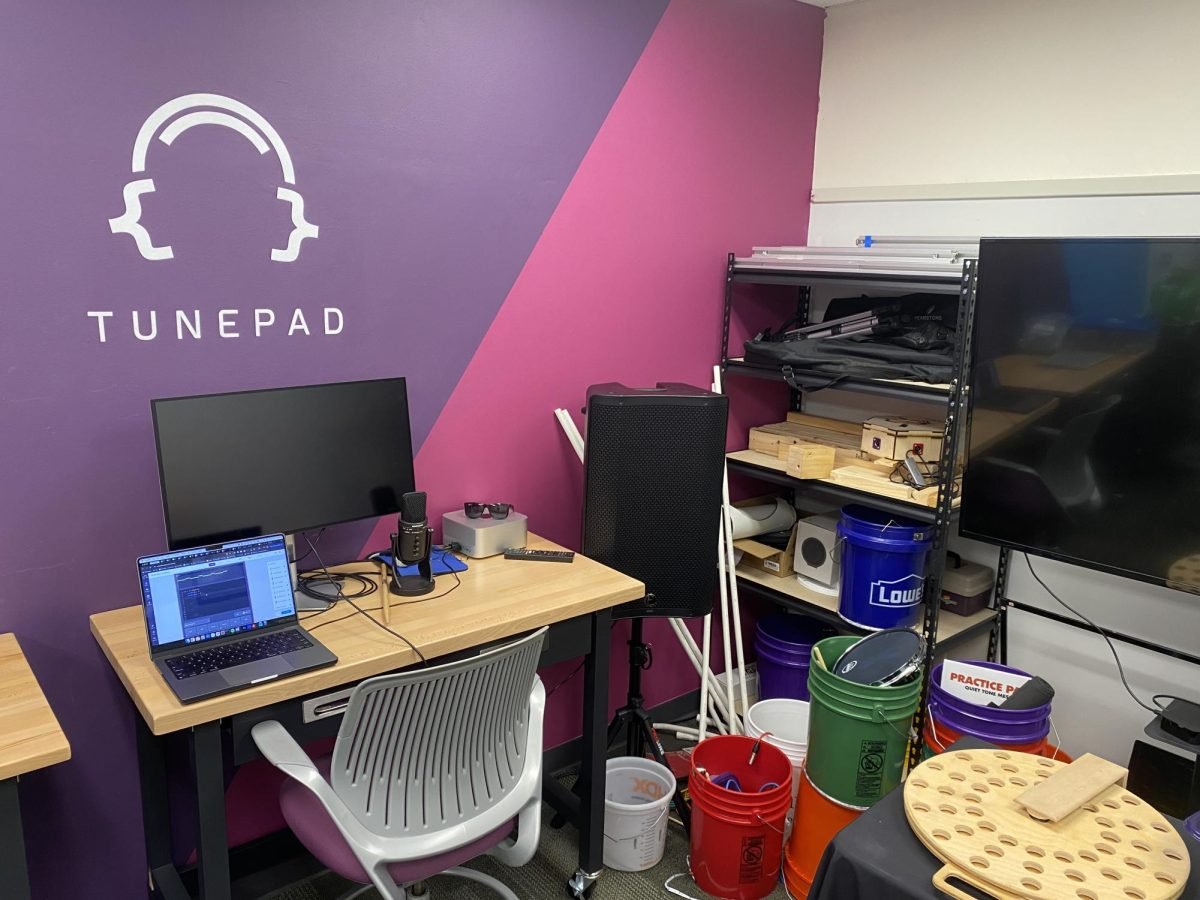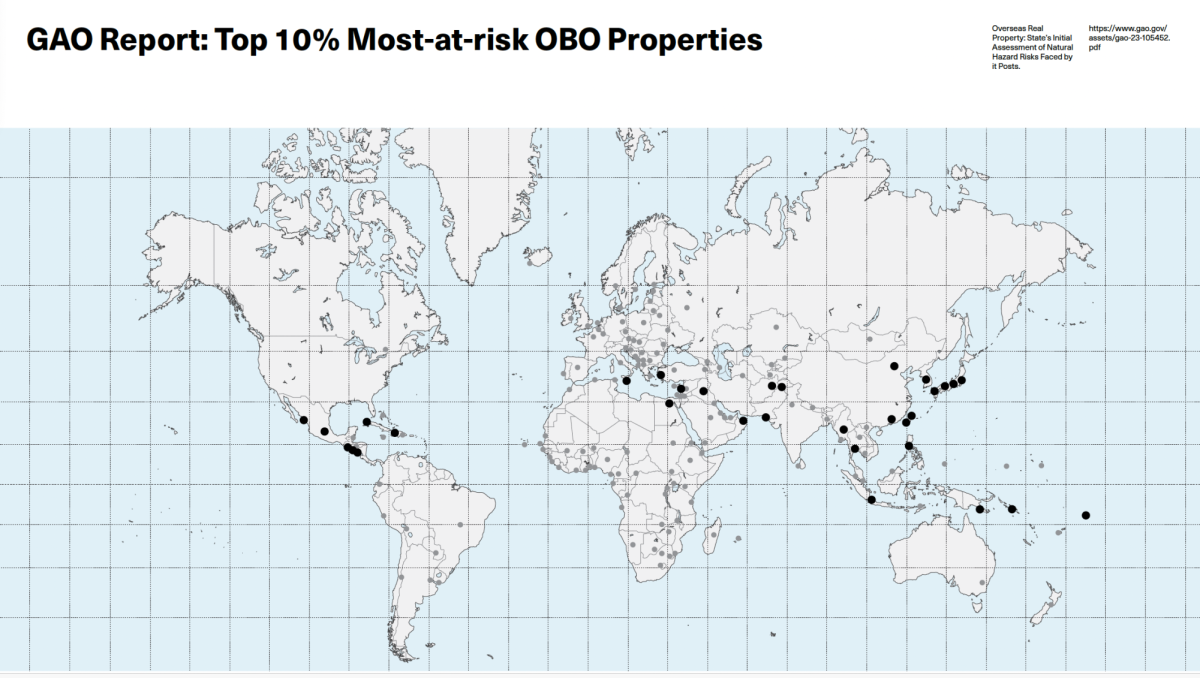The most published author on women’s softball in America is no longer a person. The record now belongs to an article-generating computer program by a team that included Northwestern professors Larry Birnbaum and Kris Hammond.
The program grew out of a project that brought together Medill and McCormick students and bridged the gap between technology and writing, Birnbaum said. The idea was recently named one of Wired UK’s “25 Big Ideas for 2012.”
The idea has received plenty of criticism, Birnbaum said.
“I would say that no matter how good the technology gets, a robot can’t write an article,” said Rachel Janik, a Medill freshman. “It can get information and put it together, but something like that would be lacking a human element completely.”
Birnbaum, however, believes his creation has a special role in journalism.
“There are a lot of ways to look at this and some of them are more friendly than others,” Birnbaum said. “It is more about giving voice to stories that might otherwise have not been written.”
Birnbaum said although the Internet provides a growing amount of information, there is no one to sort through it. Newspapers simply cannot hire enough reporters to write stories on every single sports game played or every stock market change, he said.
“The Northwestern women’s softball team plays maybe 30 or 40 games,” Birnbaum said. “How many of those stories will The Daily Northwestern write up?”
Medill freshman Ian Robinson said he can see some ways the program could benefit journalism.
“It makes sense – sometimes I feel like the writing in Medill is formulaic,” Robinson said. “I think that great writing will still be able to shine as great writing. I think that people will still be able to tell if it’s real.”
The program works by taking data that someone entered into the system and transforms it into a coherent story. The program can push out a 500-word sports article in less than a minute.
“It definitely has some real potential for efficiency, but if it ultimately comes down to a machine to write an entire sports article, I think the audience really loses something,” Janik said.
Birnbaum said his program is able to emulate a “voice,” though. Four or five Medill students input writing samples into the program, allowing the computer to differentiate between aspects of an article. The computer can also generate different versions of the same story for varying types of news outlets.
“We’re interested in eventually scaling human editorial judgment,” Birnbaum said.
The program is also able to write stories about business and economics, as well as large companies’ internal manuals based on data they have entered. Currently, the software is used by more business clients than sports clients. The clientele of Narrative Science, which is based in Evanston, includes the Big Ten Network and Forbes.
“The amount of data in the world is already gigantic and growing exponentially,” Birnbaum said. “The data is being collected more and more and more faster and faster and faster. What’s the point of having the data if it isn’t active?”






